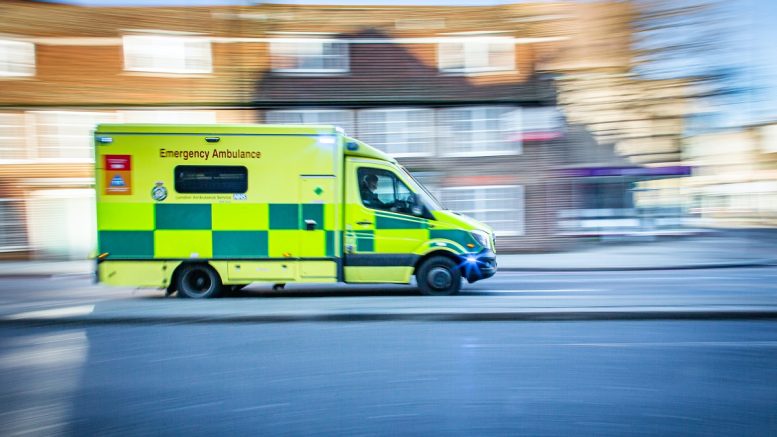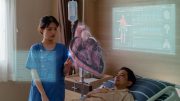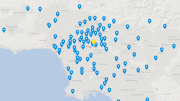With Integrated Care Boards (ICB) moving onto statutory footing from 1 July, it’s time to use digital connectivity and technology to join up care – starting with emergency services, argues Mike Farrar, former Chief Executive of the NHS Confederation and North West England Strategic Health Authorities.
The NHS is facing huge challenges in the post-COVID lockdown period, with emergency services and primary care under the greatest pressure. NHS England funding needs to grow by 4.3% each year to maintain existing standards. This means we need to get better at treating more patients with the same resources.
Technology offers a great opportunity for the NHS to find better ways to provide services, especially in an emergency. By reducing the number of patients in urgent care, the NHS can allocate more beds to clear the elective care backlog.
The NHS is already adopting digital technologies for emergency care, such as smart ambulances and patients discharged from hospital with remote support. For example, virtual wards with remote monitoring using apps, wearables and medical devices, such as pulse oximeters for COVID-19 discharge. But these technologies are being adopted in a piecemeal fashion. To meet the challenges of the future, technology needs to be joined up in a holistic way.
Connecting for productivity
Digital solutions adopted by the NHS have too often been commissioned independently by Clinical Commissioning Groups (CCGs), social care, care homes and other organisations. This lead to duplication in technology, or incompatibility between software, creating waste and reducing the quality of patient experience.
NHS organisations too often work independently of each other. Ambulance services, for example, traditionally operate separately from out-of-hours GP and mental health care. Patients can end up being taken to A&E by default – taking up valuable resources for emergencies, such as heart attack or stroke.
Non-NHS emergency responders, such as firefighters, are disconnected from NHS clinicians and may lack the confidence to deal with a medical emergency without calling an ambulance. Paramedics do not always have remote access to specialist clinical support, which leads to lengthy handovers at the hospital.
Promoting integrated care
On 1 July, integrated care boards (ICB) will become legal entities with access to NHS funding. They are the first structure established in the NHS to use funds for integrated working between health and social care. This is a massive opportunity to commission joined-up technologies.
In order to achieve this ICBs need to aspire to join up organisations over time and think about the technological solutions. Primary, acute, and social care should have a vision for connecting the technologies they need to meet productivity challenges – rather than leaping for a fragmented solution.
At a Visionable emergency services roundtable that I recently chaired, we discussed how ambulance services and fire officers could be trained together to provide a coordinated emergency response. Joining together emergency care will require not only creativity around training but also technological solutions which work in a joined-up way.
Integrating with technology
ICBs must adopt best-in-class technologies that join existing systems together, allowing services to work more efficiently. Remote monitoring systems to help older people live independently, for example, need to be connected to the local ambulance service – ensuring that an older person who has a fall can be quickly taken to hospital.
On-scene paramedics can be connected by video link to clinical specialists and mental health professionals, allowing for remote triage, speedier hospital handover, and a 360-degree view of patient health. For example, paramedics might use an app to connect with a stroke consultant, allowing them to assess a patient’s condition. They can also avoid unnecessary emergency admissions by checking whether the patient has one of a number of conditions that can mimic a stroke.
But that can only work if there’s connectivity between software – virtual movement sensors in the home joined to a system with emergency callout for an ambulance, for example. And it can only succeed if these connected technology platforms are supported by collaborative, informed decision making – and deployed throughout the NHS, not just for emergencies.
Connecting frontline emergency services to clinical support with video collaboration and information sharing technology means the right people can access the right information at the right time, thereby improving the quality of emergency care. By joining-up emergency services, the NHS can work more efficiently and productively, providing better healthcare to more patients – both now and in the future.





